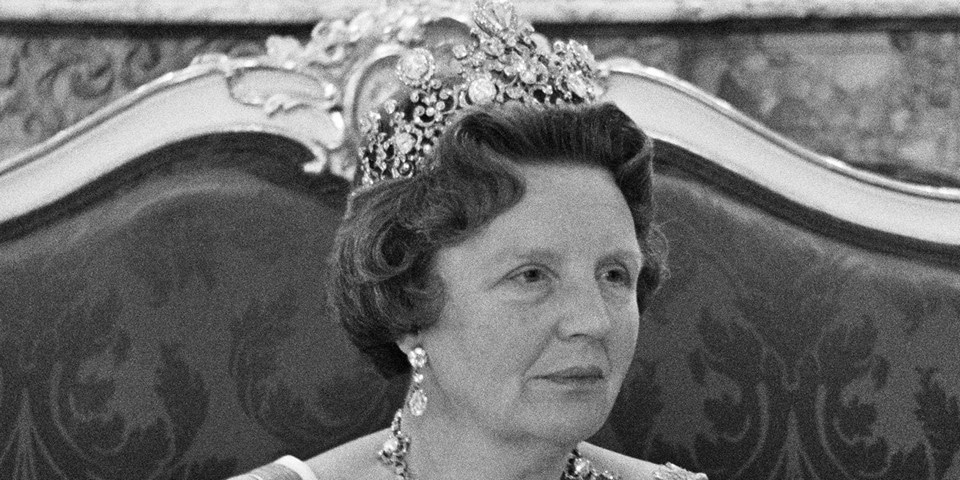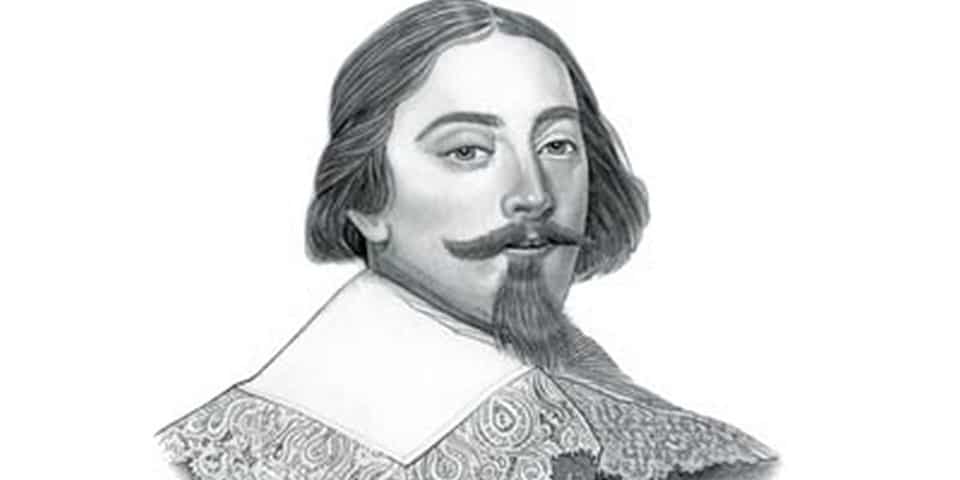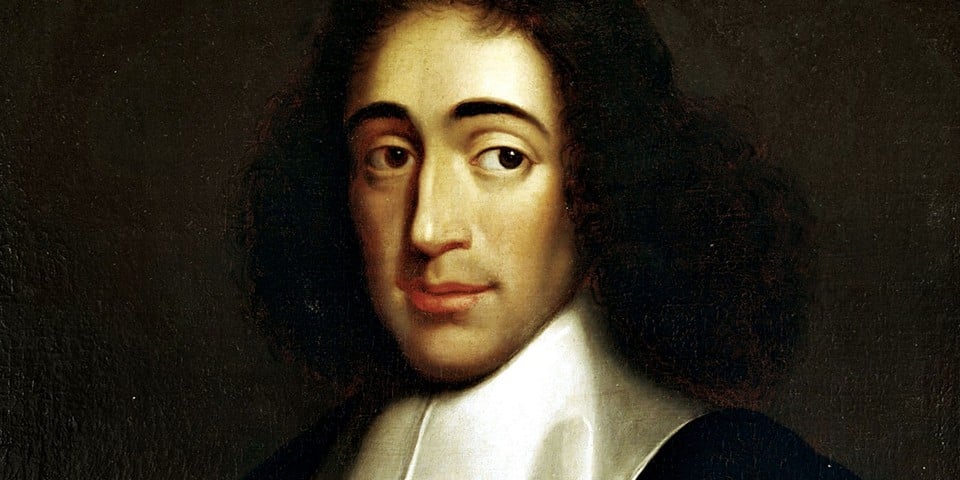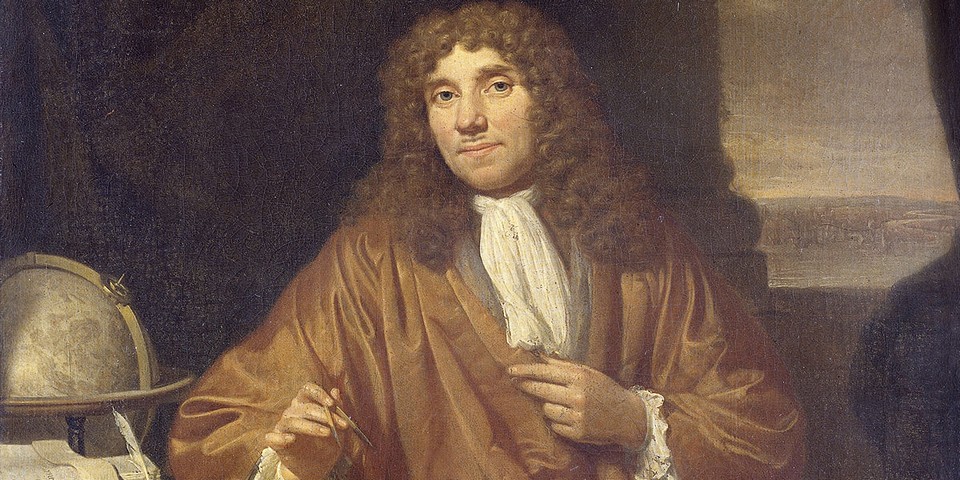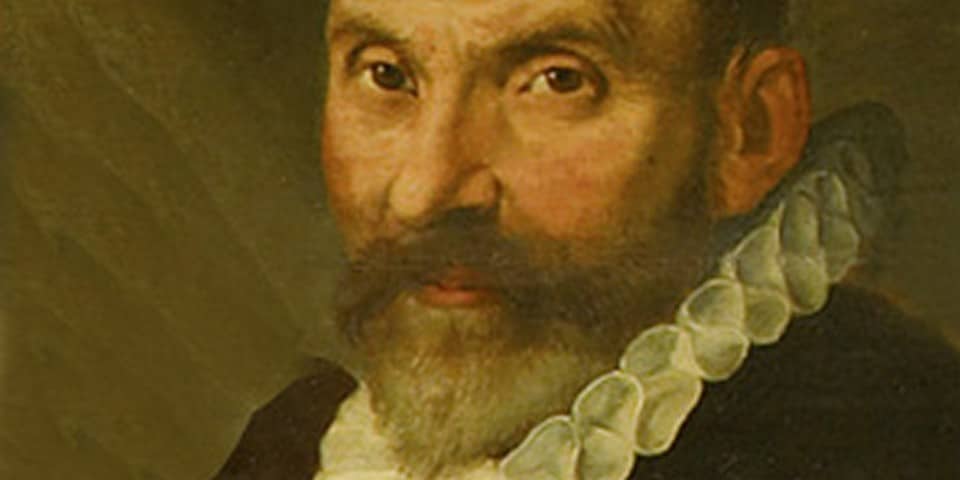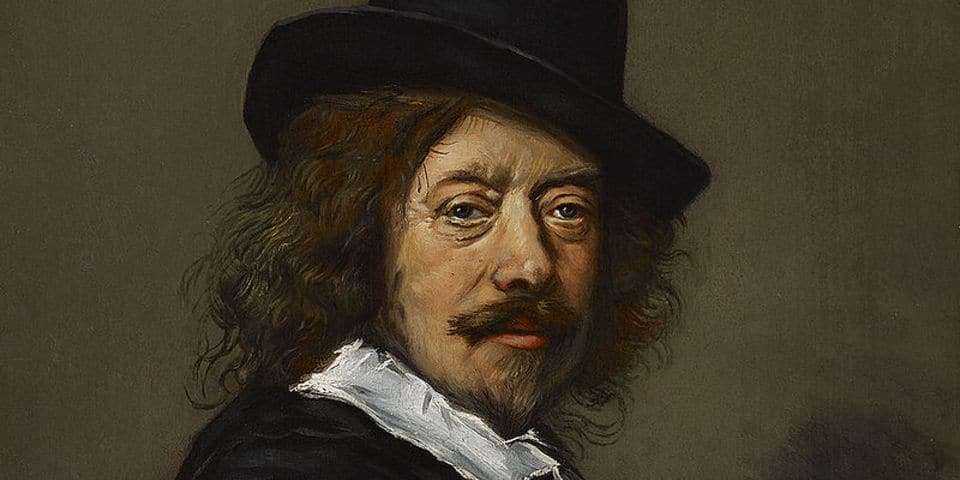Juliana Louise Emma Marie Wilhelmina van Oranje-Nassau was the Queen of the Netherlands who represented the highest authority in the Kingdom for 32 years during the second half of the 20th century. She was the 3rd ruling lady of the royal house of the Netherlands (after her grandmother Emma and her mother), leaving the throne also to her daughter Beatrix.
Childhood
Juliana was born on April 30, 1909, in the city of Hague (Haag) in a royal family. Her mother is Queen Wilhelmina and her father is Prince Hendrik.
According to Dutch law, a princess had to become queen at the age of 18.
The upbringing of a little princess is a matter of national importance. During her childhood years Juliana lived in The Hague and Apeldoorn. From the age of 6, the young heiress to the throne began studying in a small class with a special in-depth program. This decision was made so that the princess would interact with ordinary children from a young age, not to feel her superiority and not to have problems in communication.
Since the age of 11, after receiving her elementary education, Juliana has continued to study with home educators in order to master the pre-university program, corresponding to the level of a full high school.
University
At the age of 18, Juliana became a member of the Council of State. Queen Wilhelmina, preparing her daughter for her future reign.
In preparation for the leadership of the country, Juliana received a higher education: she completed her university course in Leiden. During her years as a student, the princess lived in the dormitory like normal students, without any special privileges, and participated in all social events.
The university curriculum included elective subjects, and the princess was attentive to subjects that would help govern the country, as well as literature, jurisprudence, and theology.
The future queen successfully completed her studies and received a doctorate in philology and philosophy. Later, in 1984, she was awarded the title of Doctor of Social Sciences by the University of Groningen for her contribution to the social policy of the state.
Beginning of social activities
As heir to the throne, Juliana participated in many important state events and represented her country at the highest level.
In the 1930s, she initiated the creation of the State Anti-Crisis Committee to eliminate the effects of the "Great Depression" in the economy and social sphere and its chairman.
Since 1934, the princess, following her father Hendrik, has been head of the Dutch Red Cross Society.
In 1937 Juliana married Prince Bernhard Prinz zur Lippe-Biesterfeld (Bernhard Prinz zur Lippe-Biesterfeld), who was two years younger than she. They were married in the Great Church St. Jacobskerk in The Hague. They settled in Soestdijk Palace in Baarn, where their two eldest and youngest daughters were born. Beatrix was born in 1938, Irene in 1939, Margriet in Canada in 1943, and Christina again in her native Baarn in 1947.
World War II
At the beginning of World War II, Juliana and her daughters moved first to England and then to Canada. There they settled in the metropolitan suburb of Rockcliffe until almost the end of the war.
Juliana's husband Bernhard and her mother Queen Wilhelmina were in England throughout World War II. Bernhard came to Canada several times to visit his wife and daughters.
During the war Juliana makes a visit to the Dutch colonies of Suriname and the Antilles.
Juliane does not return to her homeland until the liberation of a region of the Netherlands from the Nazis, in April 1945. With her mother she settles in the province of Breda. Juliana and her family returned to their royal residence in August 1945, after the complete liberation of the Netherlands.
Immediately upon her return, the princess became involved in activities to help her people who had experienced famine, devastation and loss of loved ones, heading the Committee for the Rehabilitation of the Dutch Population. In 1946 Juliana and her husband made diplomatic visits to the states that had helped Holland throughout the occupation period.
Beginning of the reign
From 1947 Juliana assumes the role of regent to Her Majesty Wilhelmina, who is in declining health.
On September 4, 1948, Queen Wilhelmina announced her decision to give up her royal title, and Juliana was crowned on September 6. The coronation ceremony was traditionally held in Amsterdam in the New Church.
Juliana faced the difficult tasks of the post-war reconstruction period, when it was necessary to revive industry and agriculture, to provide the population with housing.
Juliana put her concern for the Dutch people first.
The year 1953 was a difficult one for the country, when the largest flood in the country's history occurred, killing more than 2,000 citizens and affecting a coastal area 100 kilometers wide. It was necessary to eliminate the consequences of the natural disaster, to rebuild destroyed industrial and residential facilities, and to help people. The Queen immediately visited the disaster area. Juliana's merit is that she was able to enlist the help of foreign countries. Also after the tragic events, the long-term project "Delta" began, involving the construction of a special lock system at the confluence of Holland's largest rivers into the North Sea, protecting the country from the raging elements. Queen Juliana personally supervised the development and implementation of this innovative project.
Ideas
The leading ideas of Queen Juliana's work are peace, cooperation and equality of states. Therefore Immediately after the war Juliana begins to deal with the problems of colonial lands. In 1949 Indonesia gains independence. In the 1950s, Juliana participates in measures to grant independence to the former colonial possessions - Suriname and the Antilles (Suriname acquires full independence in 1975).
Thanks to the Queen's action, all the colonies of the Netherlands acquired the status of independent powers, maintaining a relationship of mutual understanding and cooperation with the former metropolis.
Juliana leads activities to help young developing states and is involved in actions to help refugees resettled in Europe.
Her focus has always been the rights of the world's children. So in 1966, at the opening session of the United Nations, Juliana presented her vision of a program for the health and well-being of children. Her proposals were reflected in the contents of the International Covenant on Economic, Social and Cultural Rights, adopted in December 1966 by the UN Assembly and which entered into force in 1976: the articles on maternal and child welfare, on the right of every citizen of any state to education and on compulsory primary education.
Juliana was an irreconcilable opponent of the death penalty, and she achieved its abolition in Holland.
Public Life
Juliane became known as an active social activist. She has focused on all social problems in the Netherlands and has been responsible for areas such as health care, child welfare and the elderly. Juliana is the founder of the Juliana Welfare Fund, a foundation to support cultural, social and family protection initiatives.
In 1962, the royal family allocates funds and provides its own areas for the organization of children's centers.
In 1973, Juliana donates her own funds to the Foundation for the Children of the World, contributes money and jewels to the International Year of the Child fund.
Lifestyle
Juliana had been democratic all her life and wanted no distinction from her people. She went to regular stores, her daughters went to public school. The queen enjoyed walking around the city and taking bicycle rides. She was distinguished by her simplicity of communication, sincere interest and respect for the lives of her subjects.
The queen opposed strict rules of palace etiquette, personally poured tea at diplomatic receptions, and strove for simplicity in communication at any level.
Recent years
- In 1980, the queen handed over royalty to her eldest daughter Beatrix.
- In the 1980s, Juliana continued to participate in activities to support the territories that had been freed from the status of colonies. In 1983, Juliana and her husband Bernhard visited the former Dutch colonies in the Antilles.
- In the 1990s, Juliana stopped participating in politics and lived for long periods in her own residence in Italy, along with her husband travels a bit.
At the very end of her life Juliana fell ill with pneumonia, from which she died at the age of 94, having not lived one month before her 95th birthday. She lived the longest life of any queen in the history of the world.
Queen's Day
Since the time of Juliana, the Netherlands has celebrated Queen's Day (Konninginnedag). It is celebrated on April 30, Juliana's birthday. If April 30 falls on a weekday, the celebrations are moved to the last Saturday in April. It is a weekend, famous for festive parades, parades of flowers, preceded by musical festivals of the Royal Night.
The symbol of Queen's Day is the orange color of the ruling Orange dynasty, which adorns the streets and the clothing of citizens.
On this day you can become a member of the carnival procession, ride on the rides, listen to musicians, for free to eat the famous herring right on the street and enjoy the fireworks.
On Queen's Day, all goods are sold without VAT, all the Netherlands turns into a "Free Bazaar", where prices for 30% are lower than usual.
The flower parade features compositions and fairy-tale figures made of tulips, and you can also join the procession with flowers in hand.
Juliana's tradition of rule since 1980 has been continued by her daughter Beatrix, and since April 30, 2013 by her grandson Willem-Alexander.
